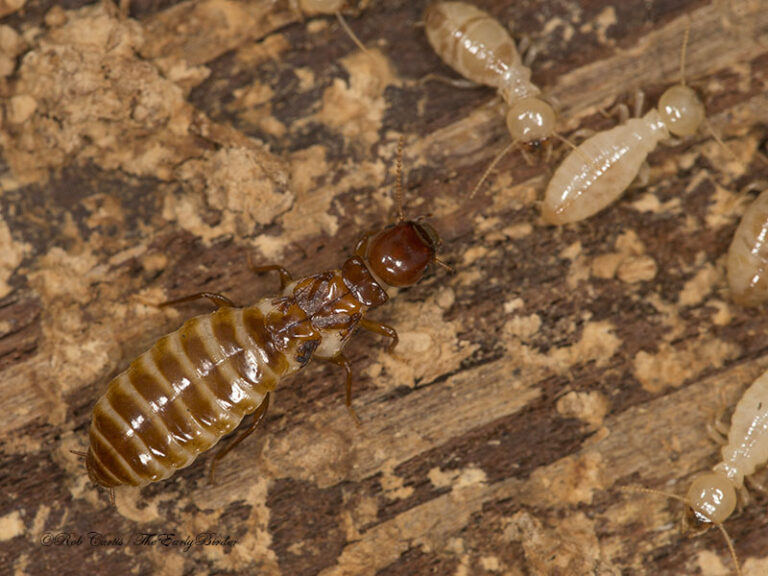
Such a species (belonging to the genus Termes) is illustrated on this stamp issued in 1973 by the government of Umm Al Qiwain (a sheikdom that is part of the United Arab Emirates). In some termites, the queen’s abdomen becomes so swollen with eggs that she cannot move without help from her workers. When fully engorged, she may be 14 cm long, 3.5 cm in diameter, and capable of producing up to 30,000 eggs per day In the African termite, Macrotermes subhyalinus, the queen’s body becomes so swollen with eggs that she is incapable of movement.The termites feed on special structures produced by the fungi. Workers make a paste of plant fibers and inoculate it with spores of a symbiotic fungus. The Macrotermitinae is a subfamily of Termitidae in which the member species cultivate fungus gardens.Termites live on the by-products of this digestion, and on the bodies of the symbionts themselves. Their digestive systems contain symbiotic protozoa or bacteria that digest the cellulose in wood. Amitermes meridionalis lives in tall, flat-sided mounds that are always built in a North-South orientation. A single nest may house nearly a million workers. In Australia, nests of Nasutitermes triodidae may be 20-25 feet tall and 10-12 feet in diameter. Some termites build large and elaborate nests.m.) exceeds the combined biomass of all vertebrate species living in the same area. Other Names: Rottenwood termite Pest Details Origin: Native to the United States, and found in the Pacific Coast states and into Canada, and east to Montana and Texas. Their populations typically range from 2000 to 4000 individuals per square meter but may occasionally run as high as 10,000 individuals per square meter. Termites are usually the most dominant organisms in tropical forest environments.Like cockroaches and mantids, the termites are most abundant in tropical and subtropical climates.


ROTTENWOOD TERMITES PLUS
Each nest contains adult reproductives (one queen and one king) plus hundreds or thousands of immatures that serve as workers and soldiers. They build large communal nests that house an entire colony. Termites are the only hemimetabolous insects that exhibit true social behavior. Termites and wood roaches are thought to be close relatives because they both occupy similar habitats, share the same type of food resources, have the same intestinal symbionts, and provide care for their offspring. They live in small family groups where each female provides care for her young offspring. These cockroaches live in fallen timber on the forest floor, feeding on wood fibers which are then digested by symbiotic microorganisms within their digestive systems. This conclusion is based on behavioral and ecological similarities between termites and wood roaches (members of the family Cryptocercidae). The termites are another group of insects that appear to be closely related to cockroaches.


 0 kommentar(er)
0 kommentar(er)
